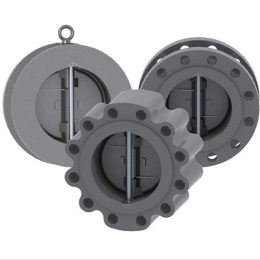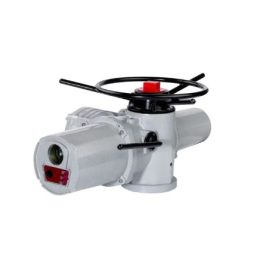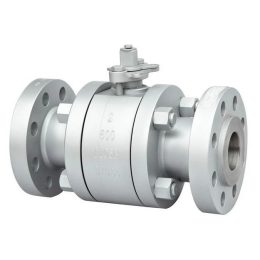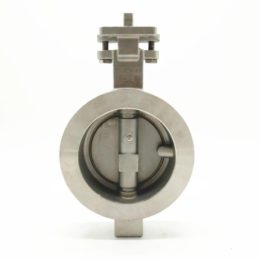Reasons for Rust of Stainless Steel Butterfly Valve
Introduction
Stainless steel butterfly valve is an important component used in various industries. It is widely used in industries such as petroleum, chemical, and food. However, even with its corrosion-resistant properties, stainless steel butterfly valves can still rust. In this blog post, we will discuss the reasons why rust occurs in stainless steel butterfly valves and how to prevent it.
Organic Acid Corrosion
One of the reasons why stainless steel butterfly valves rust is due to the presence of organic juice on the surface. When organic juice is present on the surface of the valve, it can form organic acid when exposed to water and oxygen. This acid will corrode the metal surface of the valve for a long time, leading to rust.
Electrochemical Corrosion
Another reason why stainless steel butterfly valves rust is due to electrochemical corrosion. The surface of the valve can be deposited with dust containing other metal elements or foreign metal particles. In humid air, the condensate between the attachment and the stainless steel connects the two into a micro battery, which triggers electrochemical reaction. This destroys the protective film on the valve’s surface, causing rust.
Chemical Corrosion
Chemical corrosion is also a reason why stainless steel butterfly valves rust. When the valve is exposed to polluted air containing sulfide, carbon oxide, and nitrogen oxide, it can form sulfuric acid, nitric acid, and acetic acid liquid spots when encountering condensed water. This causes chemical corrosion and damages the protective film on the valve’s surface, leading to rust.
Prevention
To prevent rust from occurring on stainless steel butterfly valves, it is important to clean and scrub the valve frequently to remove any attachments and eliminate external factors that cause modification. It is also important to choose the right stainless steel material that is suitable for the specific application it will be used in. By taking these preventive measures, the lifespan of the stainless steel butterfly valve can be extended and the risk of rust can be minimized.
Conclusion
In conclusion, stainless steel butterfly valves can rust due to various factors such as organic acid corrosion, electrochemical corrosion, and chemical corrosion. It is important to take preventive measures such as cleaning the valve frequently and choosing the right stainless steel material to ensure that the valve lasts longer and the risk of rust is minimized. By doing so, the valve can continue to function properly and efficiently.



